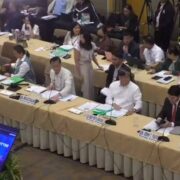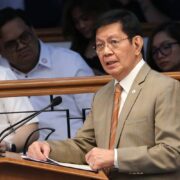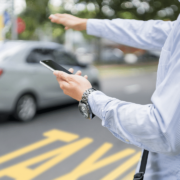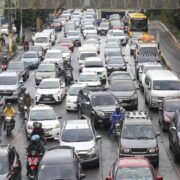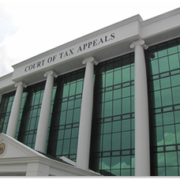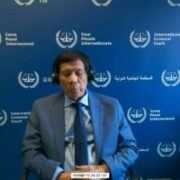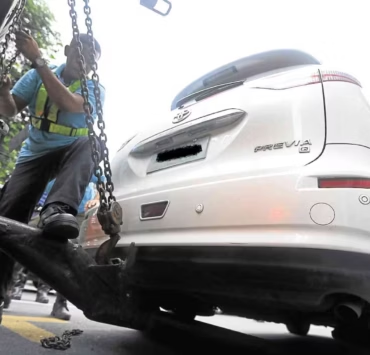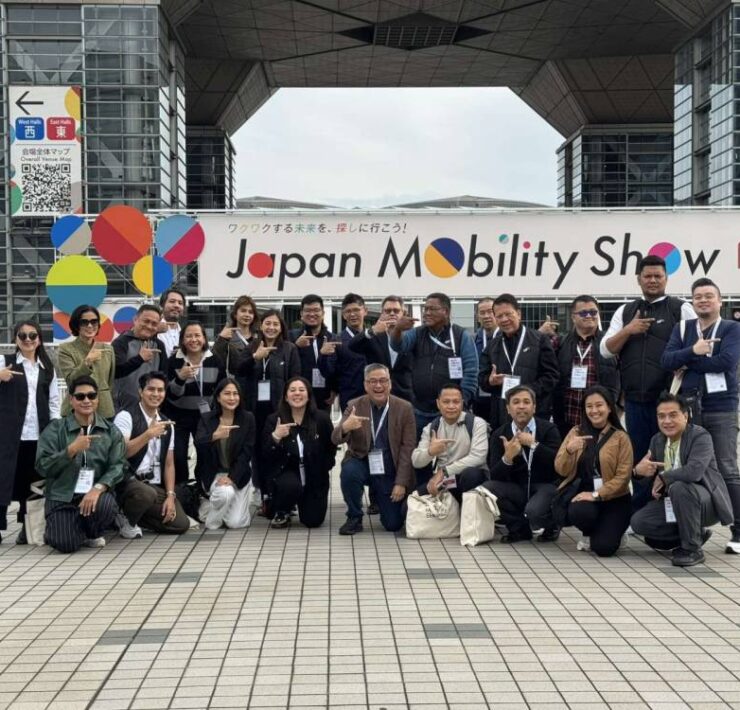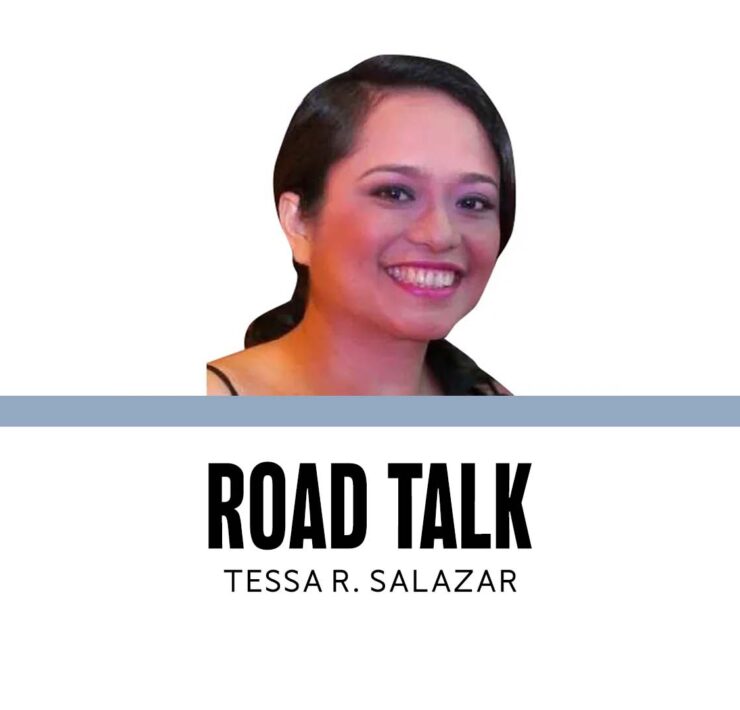Can your barangay enforce the ‘no parking’ scheme?

I got in touch with Metropolitan Manila Development Authority Chair Romando Artes to find out who would actually enforce the No Parking scheme. Artes, who attended last Friday’s joint Department of Interior and Local Government, Metro Manila Council, and Regional Development Council meeting, said that nothing has been finalized yet. I asked him how many enforcers MMDA had now, because I remember, in a 2024 press conference, Artes told reporters that the agency at that time employed about 2,500 traffic enforcers, far from the estimated 8,000 needed to cover 16 cities and one municipality in Metro Manila. The MMDA chair did not reply.
At this stage, with how deeply rooted the problem of traffic has become in one of the world’s most populous megacities, my skepticism about the entire project has begun to creep in. For one, this task of enforcing a Metro Manila-wide No Parking policy would require immense manpower and resources from both the MMDA and local government units. How can local governments even implement this when their vehicles, down at the barangay level, are the ones notoriously parked on public roads and highways?
For another, the wide-ranging impact of the parking ban, even beyond the roads, must be taken into consideration. There is the socioeconomic impact. A blanket ban could disproportionately affect middle and lower-income families who rely on their vehicles for their livelihood (e.g., small business deliveries, ride-hailing services) but cannot afford the added cost of a dedicated parking space.
How will this impact the small, neighborhood businesses like sari-sari stores, local eateries (carinderias), and bakeries that rely on the accessibility provided by street parking for their customers? A total ban could severely harm their business.
Thirdly, viable parking alternatives have not been offered. This is the most significant hurdle. Where are all the parked cars supposed to go? The older residences, such as houses and low-rise condominiums, especially those built decades ago, have no built-in garages. Also, in densely populated areas, there is simply not enough physical space to build new parking facilities.
I dread the day when the LGUs have to claim more land and open spaces, and cut more trees and animal habitats to give way to parking lots.
To be perfectly clear, I want this project to succeed. Like everyone else who has lived in this city for a long time, I’ve been longing for the day when sidewalks serve their true purpose, when cars don’t block driveways (my village is notorious for this, as I have had to make several angry trips to the barangay hall to tell off the driver who left his or her car parked unattended in front of our garage), when all lanes of a street are used to move traffic, and when emergency vehicles (ambulances, fire trucks, police mobiles) can respond to alarms faster without necessarily speeding up because they can utilize more of the road with no obstructions. It’s just that I feel this newest plan of our government is being rushed, with only a few tasked to get a big job done—a job that requires multi-sectoral participation even in the planning stages.
In an ideal situation, a complete parking ban would reclaim road space and ease traffic flow: it would, in principle, open up these “choke points” and increase the road network’s capacity. The idea is that a road is for moving, not for storing vehicles.
Roadways with no parked vehicles will enhance pedestrian safety. A ban would help reclaim pedestrian-only spaces, as cars parked on the street also block sidewalks, forcing pedestrians to walk on the road itself, exposing them to danger.
A well-enforced parking ban will promote discipline and responsibility: The proposal pushes the principle that vehicle ownership comes with the responsibility of providing a dedicated parking space (“off-street parking”). This is in line with the proposed “proof-of-parking” rule for new car buyers that have been floated around for years.
I just want to stress the point that any program the government undertakes should have a long-term goal, not just as a stopgap, impulsive, reactionary measure. The focus should be holistic: We should build parking infrastructures without reclaiming more lands nor encroaching upon forested areas. We should be revolutionizing public and mass transport so we don’t have to be car-centric. And we should be enforcing whatever laws we already have. We already have enough laws governing the streets.
Enforcement is the biggest challenge. And to be quite frank, enforcement has been our motoring society’s Achilles heel. Just ask the thousands of “no parking” signs along the Metro: Ignored, ridiculed, and made fun of because of how useless they—and so many other street signs—have become.


